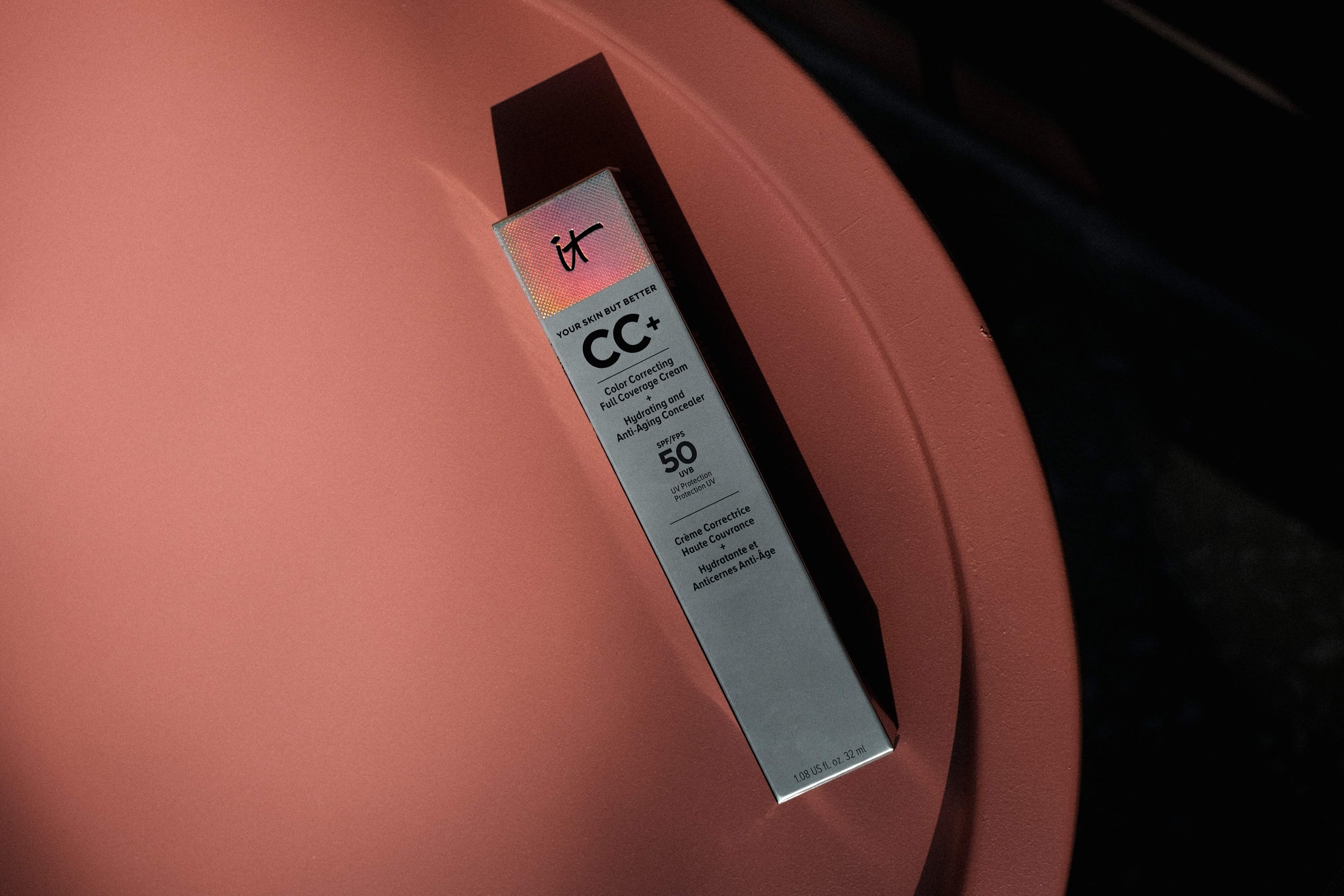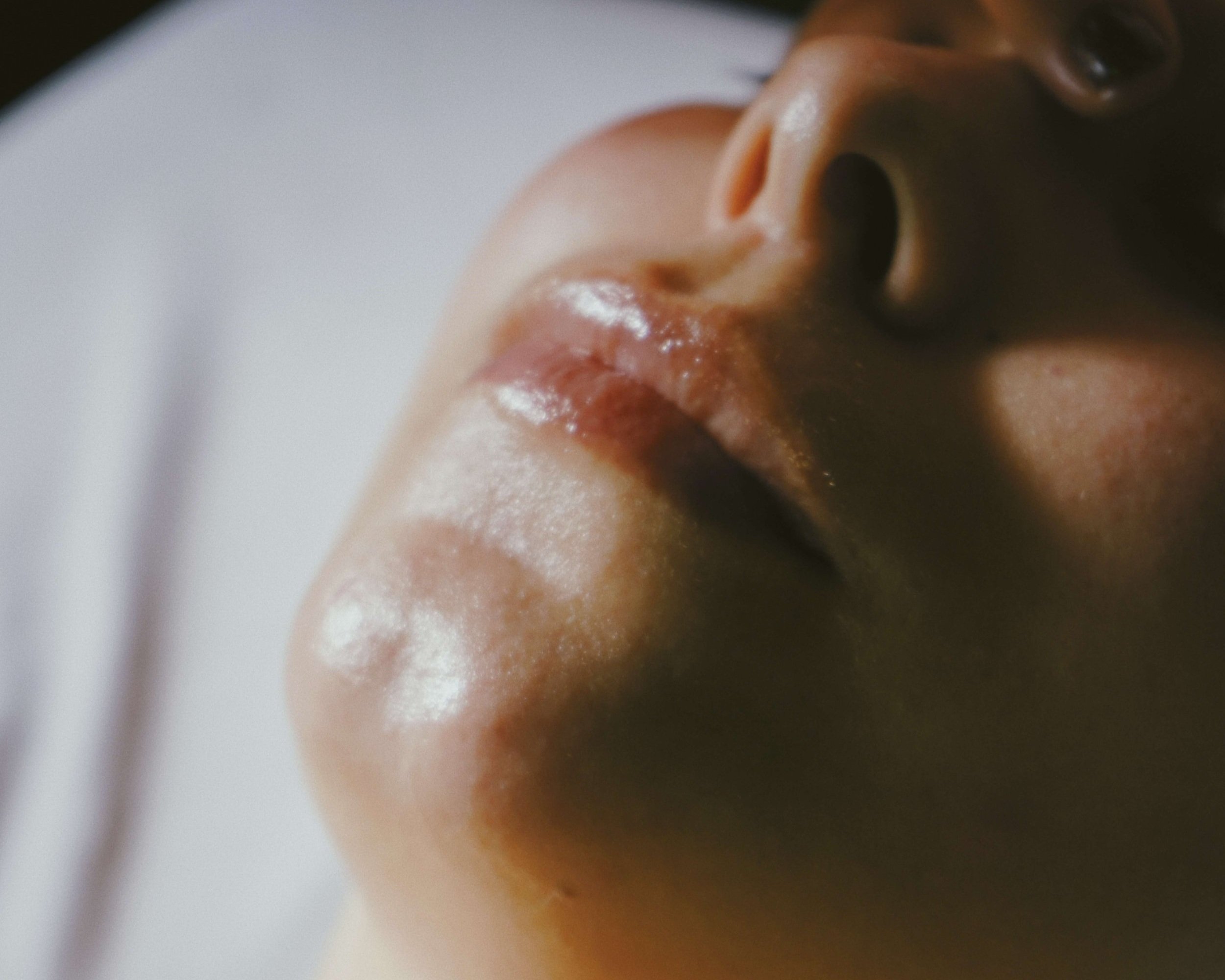Understanding Erythematotelangiectatic Rosacea.
What Is Erythematotelangiectatic Rosacea?
Erythematotelangiectatic Rosacea, often referred to as ETR, is a common but often misunderstood skin condition. It falls under the broader category of rosacea, a chronic skin disorder that primarily affects the face. ETR, in particular, is characterized by persistent redness and visible blood vessels, making it an important condition to be aware of and manage. In this blog post, we will delve into the details of Erythematotelangiectatic Rosacea, including its causes, symptoms, and available treatment options.
Causes Of Erythematotelangiectatic Rosacea:
Erythematotelangiectatic Rosacea is a complex skin condition with multiple contributing factors. While the exact cause is not fully understood, several factors are believed to play a role in its development:
Genetics: There is evidence to suggest that genetics may predispose individuals to rosacea, including ETR. If someone in your family has rosacea, you may be at a higher risk.
Abnormal Blood Vessels: Dilated blood vessels (telangiectasia) near the surface of the skin contribute to the persistent redness seen in ETR.
Inflammation: Chronic inflammation of the skin is a hallmark of rosacea. This inflammation can be triggered by various factors, including UV exposure, spicy foods, alcohol, and hot beverages.
Demodex Mites: Some studies have shown a higher prevalence of Demodex mites on the skin of people with ETR. These microscopic mites are thought to trigger an immune response that worsens the condition.
Symptoms: ETR primarily affects the central face and is characterized by several hallmark symptoms:
Persistent Redness: One of the most recognizable signs of ETR is continuous redness on the cheeks, nose, chin, and forehead. This redness may be accompanied by a burning or stinging sensation.
Telangiectasia: Small, visible blood vessels, or telangiectasia, often appear on the affected areas, giving the skin a flushed appearance.
Flushing: ETR can cause episodes of flushing or blushing that can last for minutes to hours. These episodes are often triggered by various factors, such as stress, temperature changes, or spicy foods.
Sensitivity: People with ETR may experience increased skin sensitivity and burning sensations.
Treatment Options:
Managing Erythematotelangiectatic Rosacea involves a combination of lifestyle modifications, skincare routines, and medical interventions. Here are some commonly used treatments:
Topical Creams: Dermatologists often prescribe topical creams or gels containing ingredients like metronidazole, azelaic acid, or brimonidine to reduce redness and inflammation.
Oral Medications: In some cases, oral antibiotics like doxycycline or isotretinoin may be prescribed to control inflammation and prevent flare-ups.
Laser Therapy: Vascular lasers, such as pulsed-dye lasers and intense pulsed light (IPL), can effectively reduce visible blood vessels and redness associated with ETR.
Sun Protection: Since UV exposure can trigger and worsen ETR symptoms, daily sun protection with sunscreen and protective clothing is crucial.
Avoid Triggers: Identifying and avoiding triggers such as spicy foods, alcohol, and hot beverages can help reduce flare-ups.
Gentle Skincare: Using gentle, fragrance-free skincare products and avoiding harsh cleansers can help maintain skin health.
Erythematotelangiectatic Rosacea can be a challenging condition to manage, but with the right combination of treatments and lifestyle adjustments, individuals with ETR can enjoy improved skin health and quality of life. If you suspect you have ETR or have already been diagnosed, consult a dermatologist who can tailor a treatment plan to your specific needs. By taking proactive steps, you can reduce the redness, discomfort, and sensitivity associated with ETR and regain confidence in your skin.

